Explanation
Songam Space Center, set against the gorgeous backdrop of nearby Jangheung Park, Yangju-si, Gyeonggi-do, is one of the largest space themed parks in Korea. Situated on Gyeomyeongsan Mountain at around 440 meters above the sea level, the observatory (B1-3F) features a main telescope that was locally developed and allows visitors to see the stars even during the day. The observatory is part of Stars Valley, which consists of three different buildings: the Space Center, Star House, and Songam Observatory.
Newton Center, a main observatory center of Songsam Observatory has a 600 milimeter Ritchey-Chretien reflecting telescope allowing for clear and convenient observation of the stars. Galilei Center, a sub-observatory facility has seven telescopes including reflecting, catadioptric and refracting telescopes, as well as a CCD camera, digital camera, intermediate telescope and other observation aid devices. Facilities at the observatory include the Challenger Learning Center, a Digital Planetarium, and Star House, a four-story accommodation/training facility. There are also two cable cars, each of which can hold as many as 33 people.
Inquiry
+82-31-894-6000
Homepage
www.starsvalley.com (Korean only)
Information Use
Contact and Information : • 1330 Travel Hotline: +82-2-1330
(Korean, English, Japanese, Chinese)
• For more info: +82-31-894-6000
Parking facilities : Available
Day off : Sunday-Friday
Hours : Saturdays 11:00-19:00
More information
Restrooms
Available
Available Facilities
* Songam Astronomical Observatory – Main telescope (Newton Hall), Auxiliary telescope (Galilee Hall)
* Space Center – Challenger Running Center, digital planetarium
* Cable car station
* Star House, cafeteria, sky garden, guest room, multimedia lecture room, Stars Kitchen (Italian restaurant)
Facility Utilization Fees
[Star Ticket] Adults 32,000 won / Children 28,000 won / Preschoolers 25,000 won
[Observatory Ticket] Adults 25,000 won / Children 23,000 won / Preschoolers 21,000 won
[Planetarium] Adults 10,000 won / Children 9,000 won / Preschoolers 8,000 won
* Group reservations: +82-31-894-6000
* Refer to the homepage for more information.
Admission Fees
5,000 won
* Admission only. Other charges may apply.
* Group reservations: +82-31-894-6000
Reservation Info. for Natives
Prior-reservation required for group visitors or facility usage
Location
103, Gwonnyul-ro 185beon-gil, Yangju-si, Gyeonggi-do
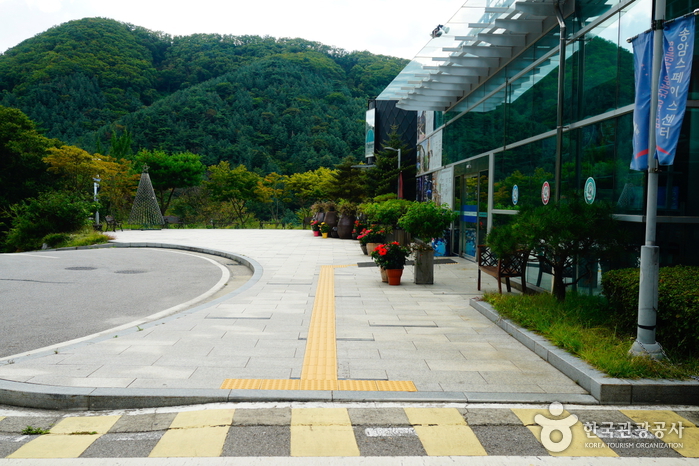
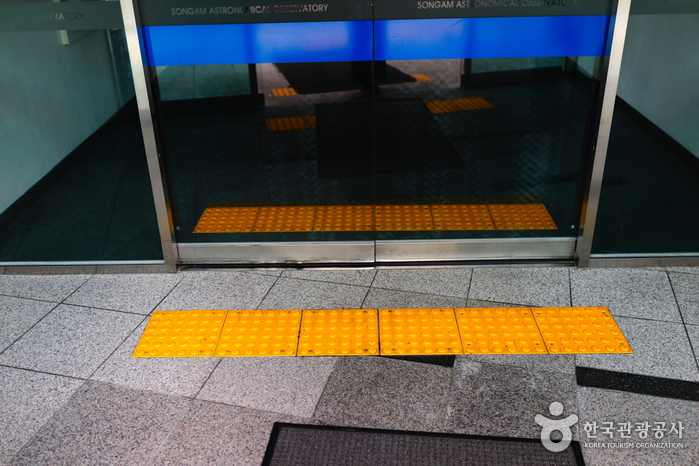
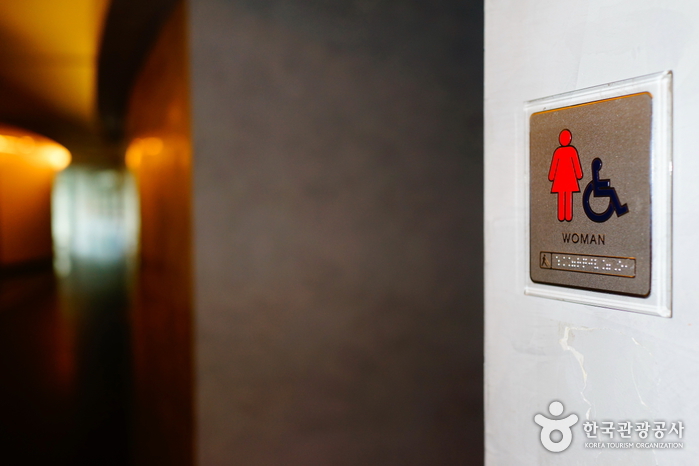
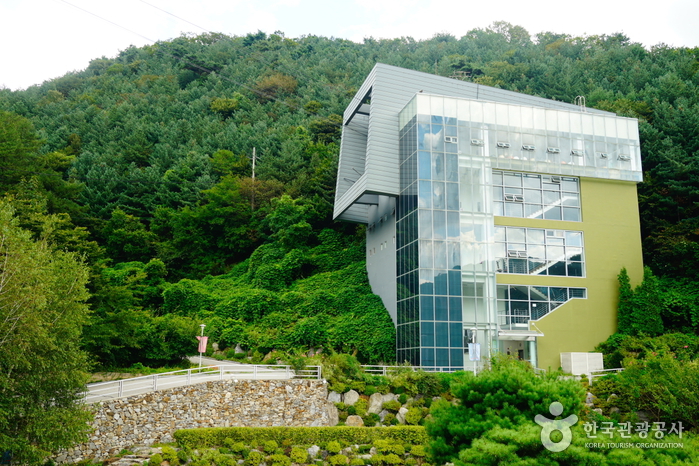
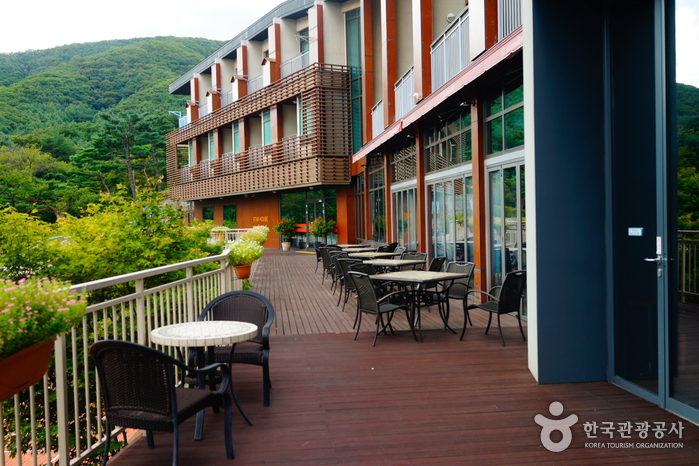
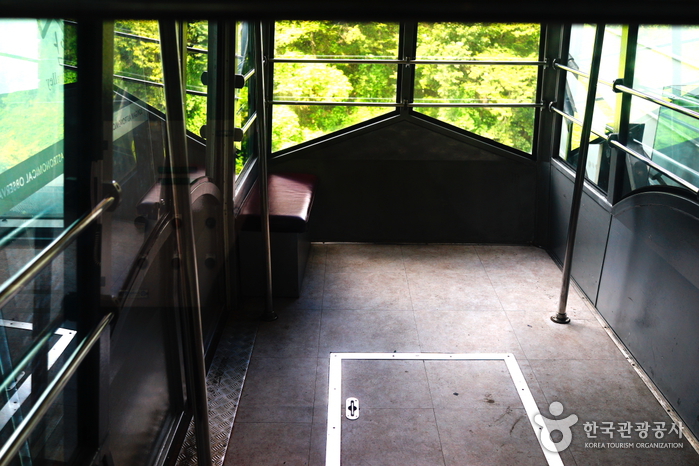
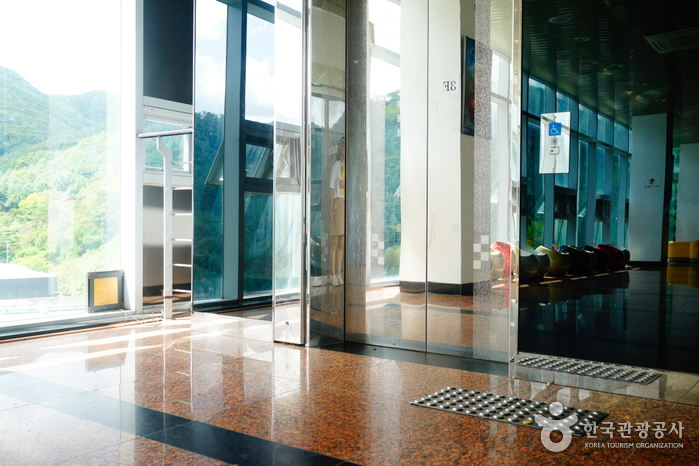
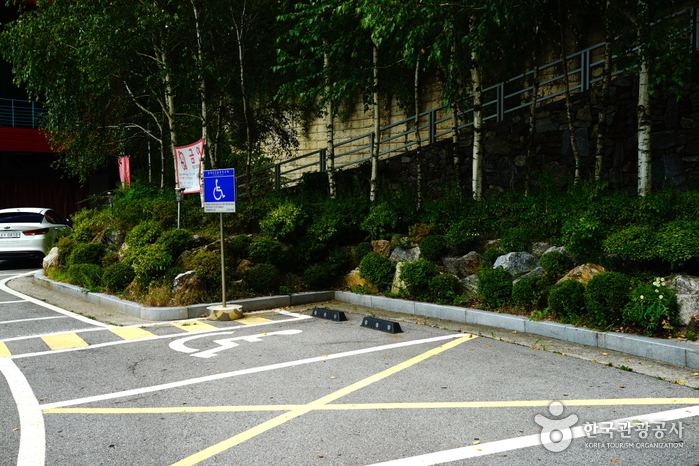
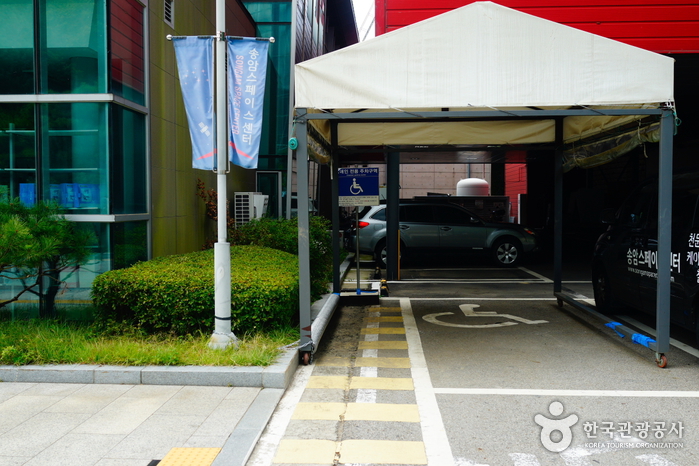
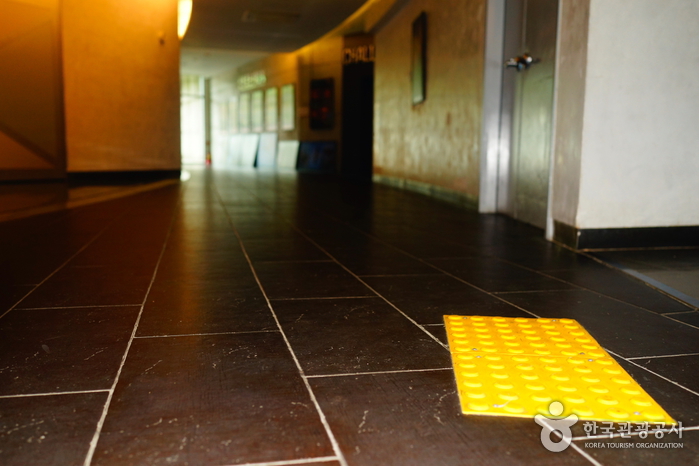
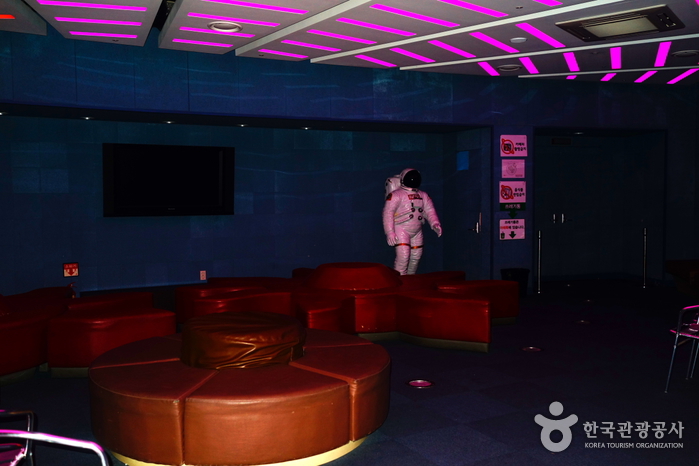
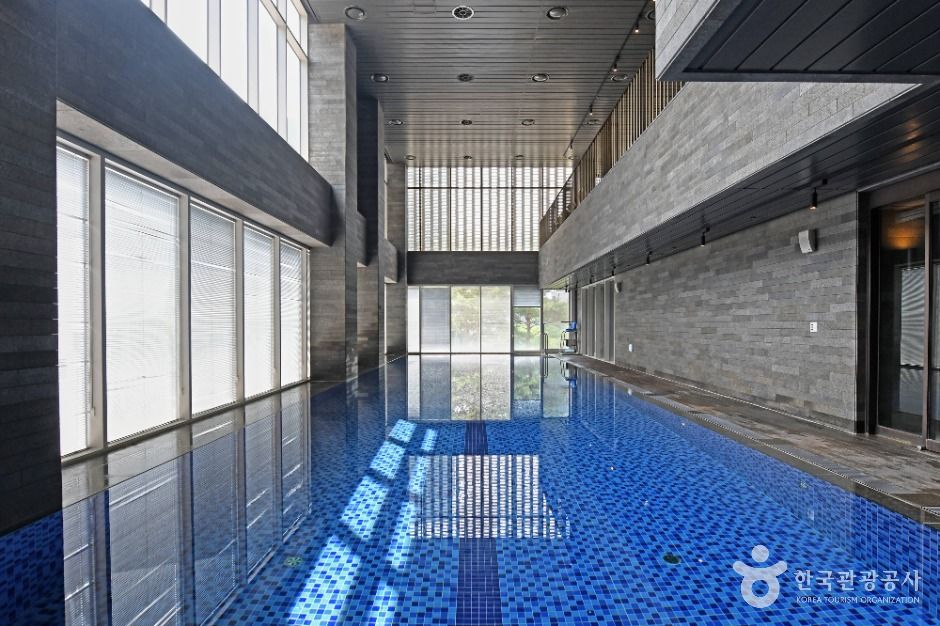
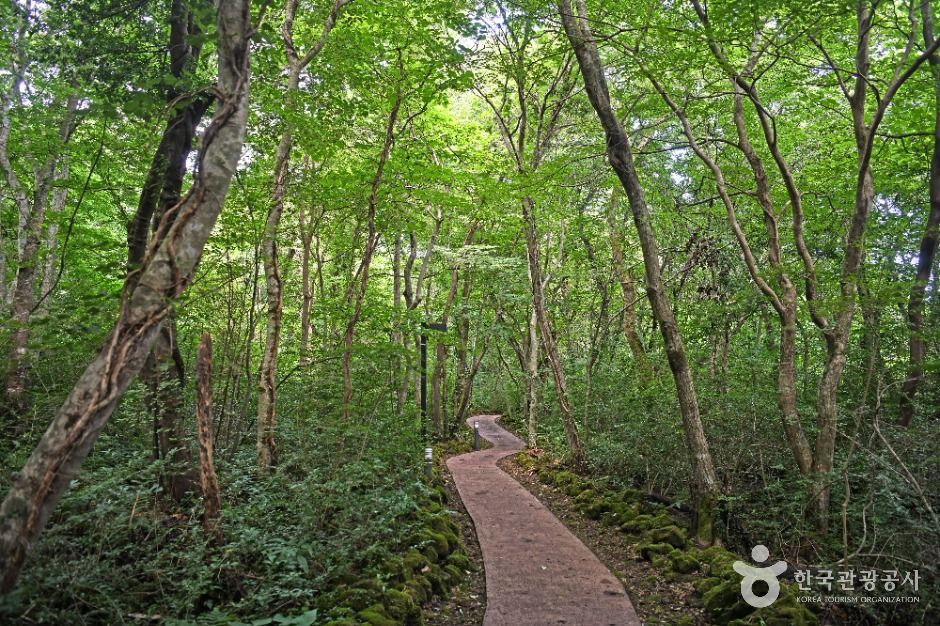
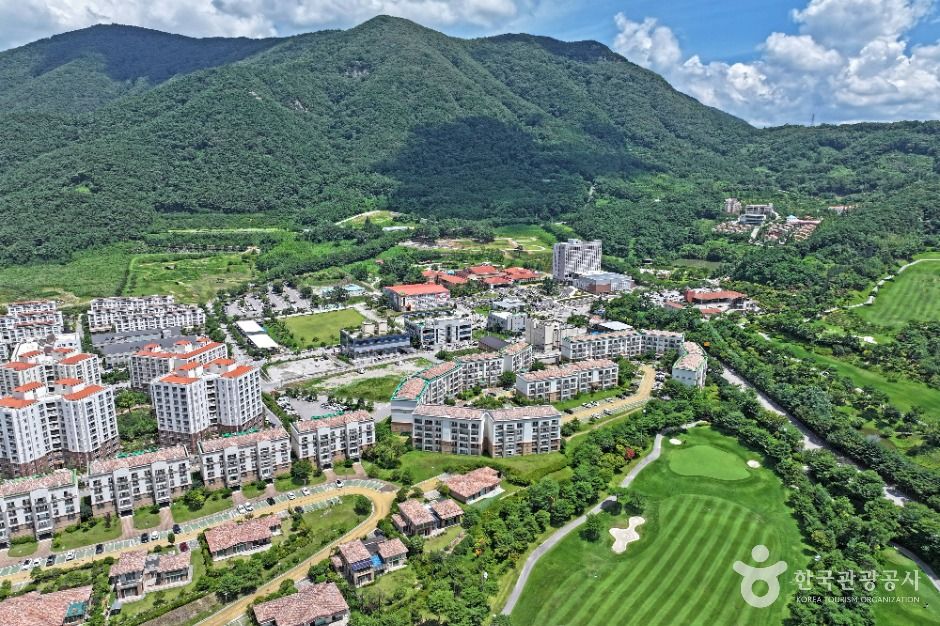
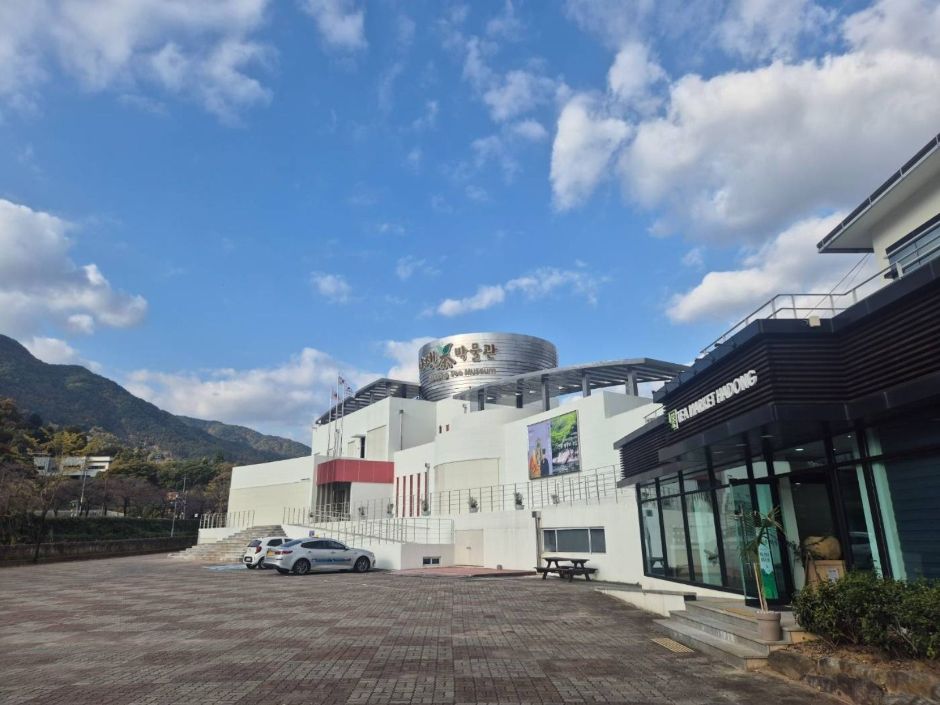
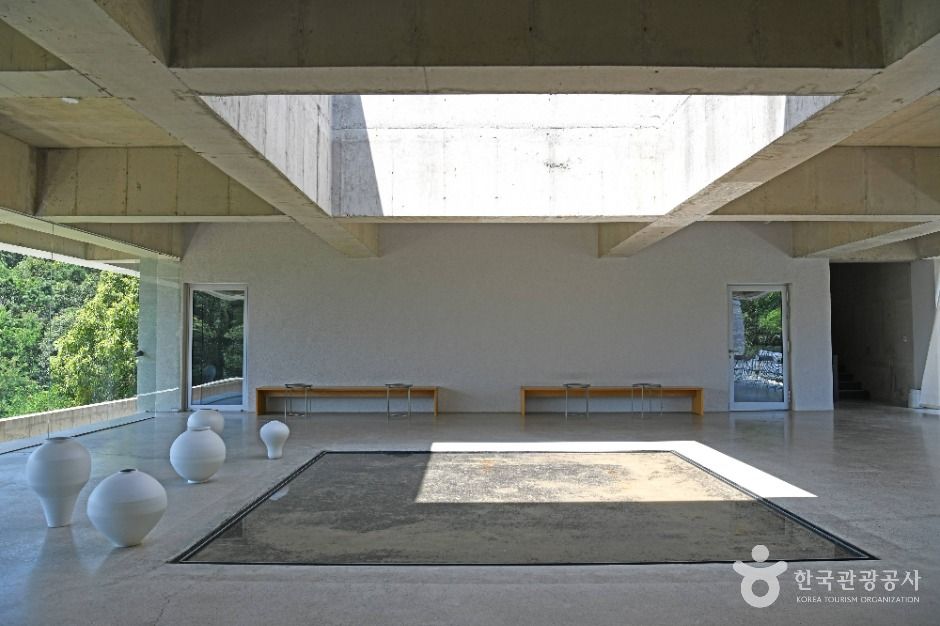

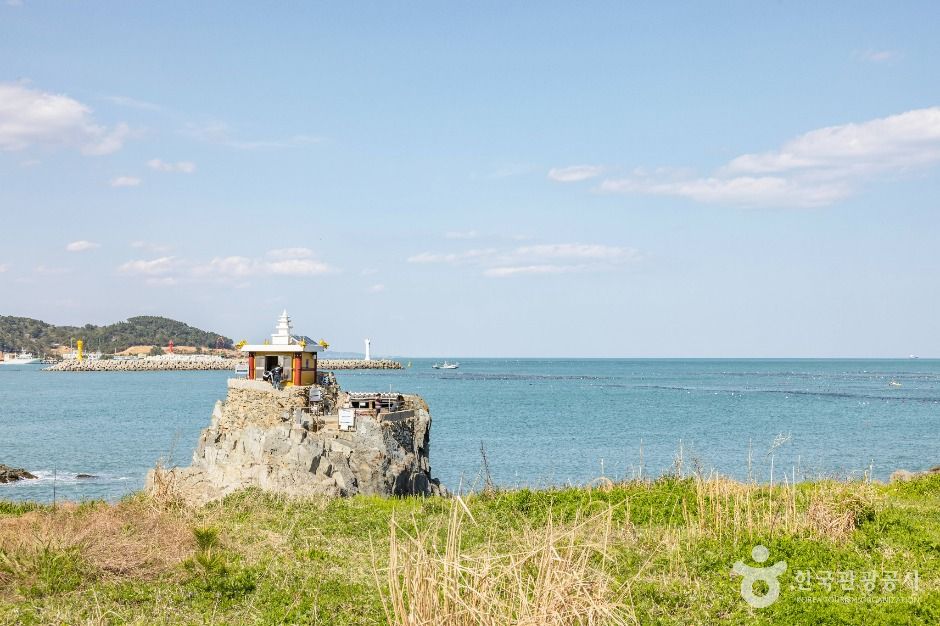

 English
English
 한국어
한국어 日本語
日本語 中文(简体)
中文(简体) Deutsch
Deutsch Français
Français Español
Español Русский
Русский